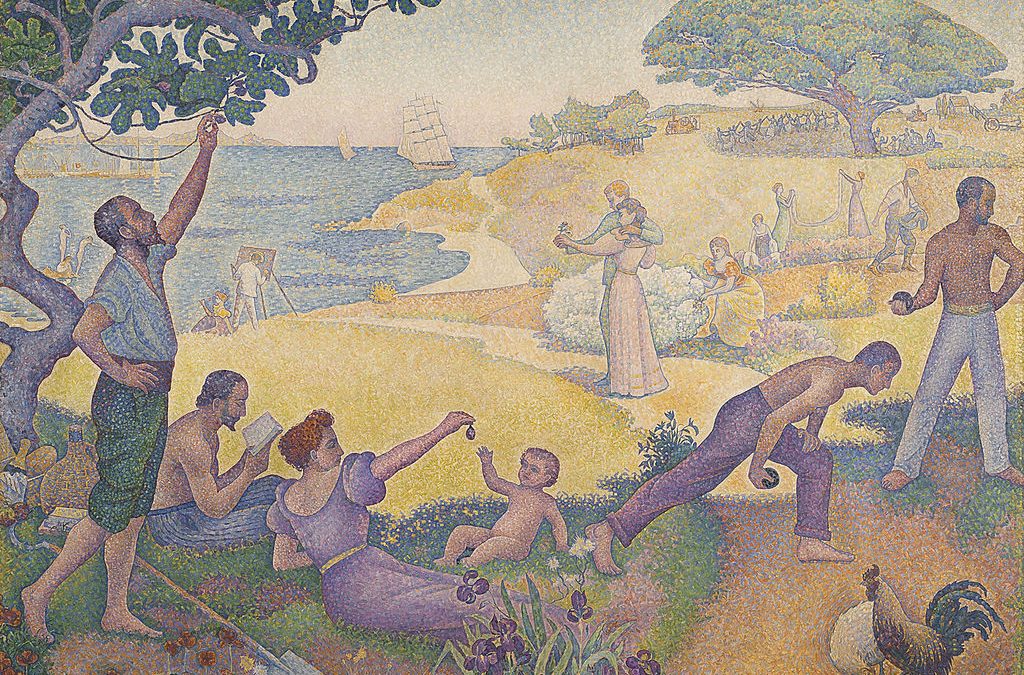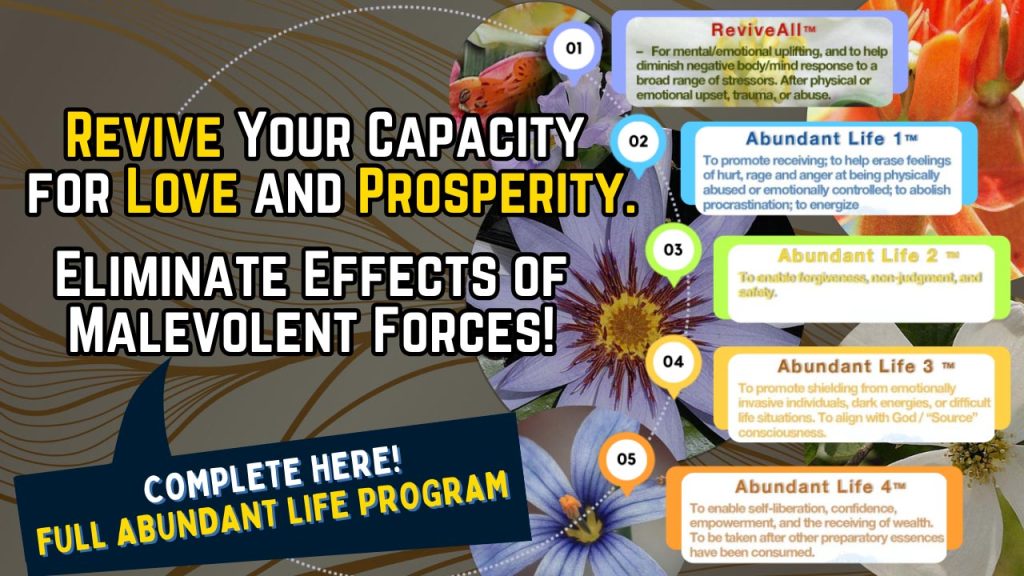The Ideal Body: Use Your Body to Shape a Great Character
By The Academy of Ideas
academyofideas.com
The following is a transcript of the video found below.
“If body structure and temperament are related, as anyone who studies human nature can determine, the question then is: Can one change the character of an individual without some change in the body structure and in its functional motility?”
In our previous video we explored how our character is expressed at both the level of the mind and the body.
“A disorganization in one shows itself in the other.”
But our body does not just passively reflect the state of our character, it also actively shapes it. We can change who we are by changing the way we hold, move, and fuel our body and in this video we are going to explore some techniques that harness the power of this bottom-up approach to character development.
To begin we need to briefly address the importance of the fundamentals of bodily health – namely exercising, eating, and breathing. Without consistent exercise and a healthy diet the state of our body will always remain below the threshold of its potential. The importance of these first two fundamentals is common knowledge, but what is perhaps the fundamental of all fundamentals, our breathing, is an area to which few pay serious attention. The proper way to breathe depends on the situation, but a simple and powerful rule of thumb is to breathe more through the nose, less through the mouth, and into the belly as opposed to the chest. Breathing in this manner is a simple form of change that can pay huge dividends as the rhythms of our breath greatly influence how we feel both mentally and physically.
But these fundamentals will not be the focus of this video as there are ample resources covering all three of these domains. Instead we are going to focus on two powerful practices that address two deficiencies which are preventing many of us from attaining the type of body that can give rise to a greater character. The first of these deficiencies is a weak connection to our body and an insufficient grounding to the earth beneath our feet. This is thwarting our ability to act with the natural aggression that life requires. The second deficiency is a lack of comfort within our own skin and this is responsible for the inability of so many of us to move with the spontaneity, coordination and overall grace that signifies bodily health.
In his 1988 book The Spirituality of the Body Alexander Lowen wrote the following:
“When I was a young man, being “earthly” was regarded as a virtue. I never hear anyone described that way anymore. Has the quality of having one’s feet on the ground lost its meaning? I believe it has. The modern individual is more properly described as “flying high and fast.” . . . It is difficult to be grounded when the culture itself is ungrounded. . .”
In the three decades since these words were written, the rise of smartphones and other mobile technologies, has only exacerbated the issue which Lowen identified. We are perhaps the least grounded culture in history. Many of us spend a good portion of our waking lives glued to screens, our minds completely consumed by flickers of light and our bodies largely ignored. The many hours we spend on our devices leaves less time for activities which use our bodies to effectuate real-world change and this shift in the way we behave is diminishing our ability to stand on our own two feet and to move boldly and proactively into life. One need only reflect on personal experience to understand why this is the case – spending hours staring at a screen, scrolling through the cultivated lives and thoughts of others, does not leave one feeling invigorated and empowered, but mildly disoriented and lethargic. Contrast this with action in the real world, with activities that make use of the body and that force us to experience the solidity of the earth beneath our feet. Such actions empower and embolden us and one man who well understood this, and who used this knowledge to his advantage, was Friedrich Nietzsche:
“Sit as little as possible; do not believe any idea that was not born in the open air and of free movement – in which the muscles do not also revel…Sitting still (I said it once already) – is the real sin against the Holy Ghost.”
Nietzsche may not have faced the same disembodying threat as is posed by modern technology, but as he entered his mid-30s his health was in such a state of decline that it was affecting his ability to perform any actions at all. Even reading exhausted him and in 1879 his intense migraines and frequent vomiting fits forced him to retire from his professorship at the University of Basel. But instead of withdrawing from the world and succumbing to his declining health, Nietzsche took a different approach.
“. . .find myself once again a hermit, and do ten hours a day of hermits’ walking. . .
Nietzsche, July 1880
Nietzsche turned to walking to transform him from the pitiful character he had become – ailing in both body and mind – to the status of a legendary philosopher. Walking upwards of 8 hours a day, Nietzsche recovered his health and in the decade to follow he composed the 10 works that were to make him famous. Many of his most profound ideas were formed on his long, solitary and often arduous walks:
“There is more wisdom in your body than in your deepest philosophy.”
We can follow Nietzsche’s lead and use walking to our benefit as well. For walking, according to the psychologist Michael Mahoney, “is probably the single most beneficial form of human movement” (Constructive Psychotherapy) and for those of us with our heads stuck in the clouds, walking is an excellent way to re-connect to the earth beneath our feet:
“There is no way of being more earthbound than by walking: the immeasurable monotony of the soil.”
In addition to grounding us, walking is an excellent way to connect to our body as it is one of the most natural forms of human movement. Furthermore, the consistent use our legs which this activity entails can promote a more aggressive approach to life, for as Lowen notes:
“Aggression is directly connected with the function of the legs in an adult since our legs move us towards the things we want. If the motility of a person’s legs is decreased, his aggressivity is reduced.”
The type of walking needed to attain such benefits is not the mere stroll to the store or the bus stop, but rather it is walking for walking’s sake. It is walking measured by hours, not minutes.
“I think that I cannot preserve my health and spirits, unless I spend four hours a day at least—and it is commonly more than that—sauntering through the woods and over the hills and fields, absolutely free from all worldly engagements.”
But while walking can help structure the body in a way that promotes a more proactive approach to life, a further hurdle that many of us will face in the bottom-up approach to character development relates to a lack of comfort within our own skin.
“For one thing is needful: that a human being should attain satisfaction with himself. . .Whoever is dissatisfied with himself is continually ready for revenge, and we others will be his victims, if only by having to endure his ugly sight.”
Satisfaction with one’s self is a crucial component of a great character and true self-satisfaction requires that we be satisfied with our body. If we are excessively self-conscious or ashamed of our body this will scar our character and interfere with our ability to enjoy social interactions. Instead of moving with spontaneity, coordination and an overall grace, an unease in our skin will produce movement that is awkward and rigid.
The first step towards cultivating a healthy body image is to abandon the cultural ideal that ties pride or shame in our body to our looks. The superficial beauty so prized in modern society is for the most part a product of our genes and our age, and so is out reach for most people at most points of life. But for all of us who were not born with Hollywood beauty, we need not despair, as pride in our body is still attainable and what is more a pride that is not the easy victim of age. In place of measuring our bodily worth on our looks we should strive for the ideal of bodily power.
“What is good? – All that heightens the feelings of power, the will to power, power itself in man. What is bad? – All that proceeds from weakness. What is happiness? – The feeling that power increases – that a resistance is overcome.”
How do we increase our bodily power? We focus on cultivating skills and participating in activities that use the somatic side of our being in ways that bring joy and pleasure into our life. Such activities can take many forms, be it painting, sculpting, building things, fixing things, learning a sport, weight lifting, mountain climbing, playing an instrument, or dancing, anything that forces us to use our body in a healthy manner to effectuate real-world change or to experience an increased range of movement will do, for as Vincent van Gogh stated:
“The great thing is to gather new vigor in reality.”
Vincent van Gogh
As our proficiency increases in whatever activities we choose, our body will cease being merely the vehicle that transports us from point A to point B and which houses our mind as we stare at screens, and instead will become a primary source of the joy and pleasure that make life worth living. The cultivation of real-world skills will also improve our fit to the environment and this will further heighten the satisfaction we have with our body:
“When we become competent in some particular field of practice,” wrote Matthew Crawford “our perception is disciplined by that practice; we become attuned to pertinent features of a situation that would be invisible to a bystander. Through the exercise of a skill, the self that acts in the world takes on a definite shape. It comes to be in a relation of fit to a world it has grasped.”
Striving for the ideal of bodily power can transform our life. It offers a path out of the misery of being obsessed with looks and places us on a path where a true and enduring comfort in our skin becomes possible. But as we take these steps of re-connecting to our body through walking and re-shaping our body image through the cultivation of real-world skills, we may also want to consider the environment which our body inhabits. For the integrated system of psyche and soma can never escape the influence of the world in which it is situated. In the next video we are going to explore how the people and things that surround us affect our well-being and how in our hyper-connected world what many of us sorely lack is solitude, for as Goethe put it:
“The best is the deep quiet in which I live and grow against the world, and harvest what they cannot take from me by fire and sword.”
Goethe
Come Follow Us on Twitter
Come Like Us on Facebook
Check us out on Instagram
And Sign Up for our Newsletter

















